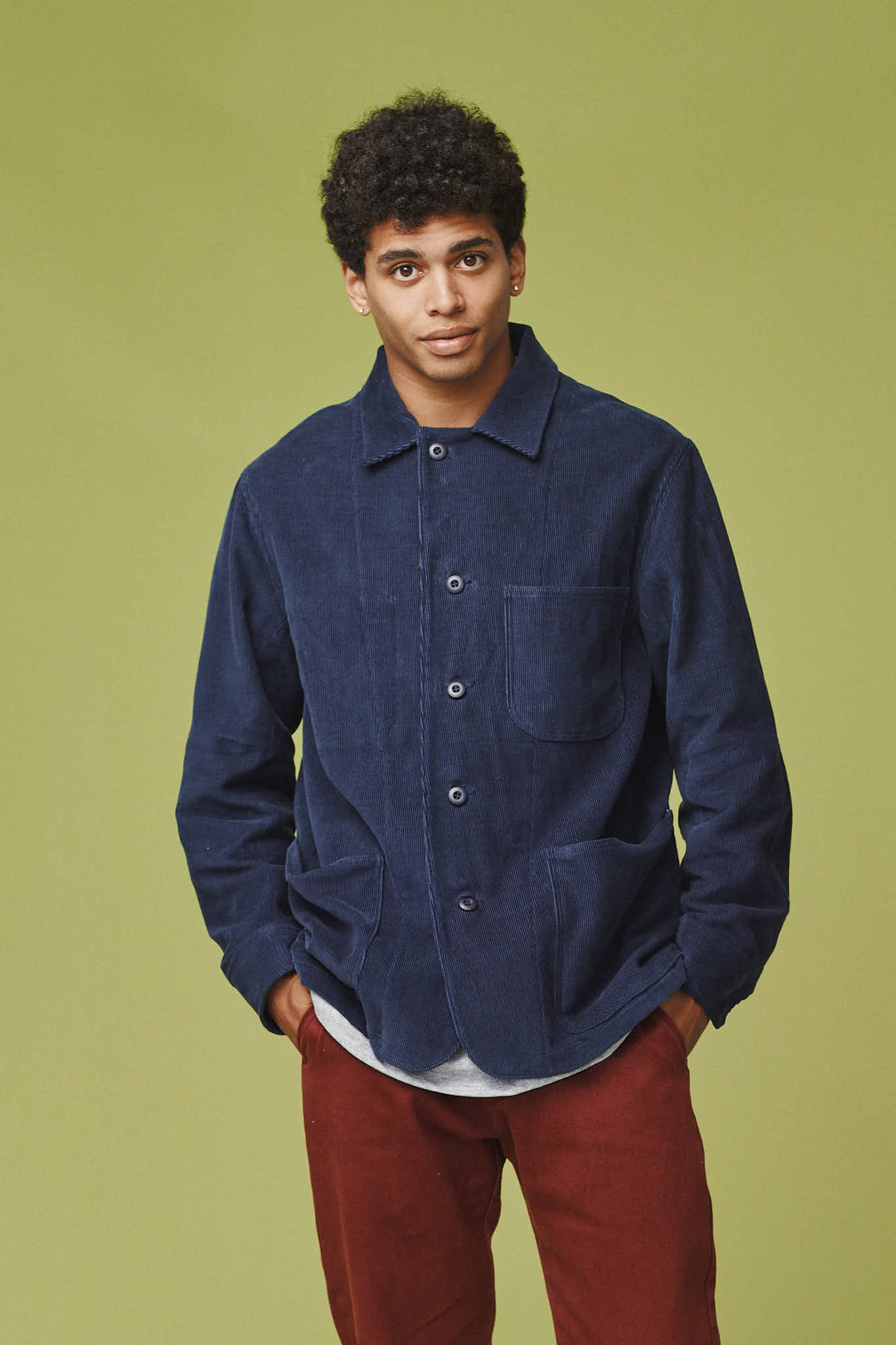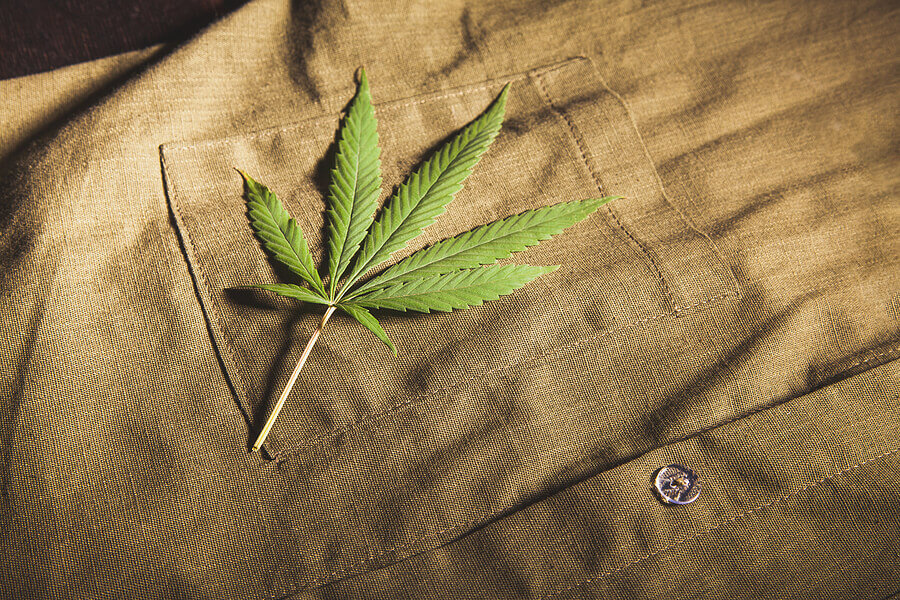Recommended Tips On Deciding On Bamboo Clothing
Wiki Article
Why Is Hemp More Durable, Regenerative And More Biodegradable Than Cotton?
Hemp is thought to be more biodegradable due to its inherent properties and the method in which hemp is grown. Here's why- Biodegradability-
Natural FiberNatural Fiber Hemp fibers are made from an organic plant that can be biodegradable. Textiles and clothing made from hemp naturally decompose when discarded. They return to the environment, leaving no permanent residue. Compare this to synthetic fibers like polyester, which can take hundreds of years to decompose.
Hemp Textiles Lack Synthetic Additives They do not contain synthetic additives. Hemp fibers generally do not contain any synthetic additives. Contrary to this, some textiles can be treated with synthetic chemicals, like specific dyes or finishes which could hinder the process of biodegradation.
Durability-
Fiber Strength- Hemp fibers are renowned for their strength and durability. Hemp clothes are less likely than cotton clothing to wear out, which means it lasts longer. That means hemp clothes will last longer, even before showing indications of wear and wear and tear.
Less Prone to PillingLess prone to pilling Hemp fabric is less susceptible to pilling (the creation of small fuzzy balls on the fabric's surface) in comparison to cotton. This contributes to their durability and quality.
Regenerative Agriculture-
Soil Health - Hemp cultivation is regenerative when done sustainably. Hemp cultivation that is sustainable has a deep-rooted system that will help prevent soil compaction. The root system also helps to prevent erosion. This aspect of regenerative could leave the soil in a better state for the future growth.
Low environmental impact Sustainable hemp farming methods employ a minimal use of herbicides and pesticides that reduce the damage to the environment. Cotton farming with synthetic chemicals is more likely to result in degrading of the soil and water.
Water Efficiency-
Hemp grows with less water than cotton. Its drought-resistant characteristics mean that it can thrive with minimal irrigation or in rain-fed environments. This makes it a great option for areas that have only a limited supply of water.
Hemp is a good crop to include in rotational systems. It will help improve the health of soil and reduce the risk of developing diseases and soil loss. Crop rotation is less common in traditional cotton farming.
Hemp has a great deal of versatility. It can be used for a wide range of products, such as paper, clothing construction materials, textiles. Hemp's versatility means that it is able to support a variety of industries that employ sustainable practices that are regenerative and sustainable.
While hemp is a great choice for these benefits but it's important to know that both hemp and cotton can be made sustainably or unsustainably, depending on the farming practices and the methods used to process them. Choosing hemp products that are made using ethical and sustainable methods will maximize the environmental benefits. Organic cotton products are a great way to decrease the impact on the environment of cotton that is conventionally grown. View the top hemp clothing info for website advice including patagonia hemp vest, hemp swimsuit, hemp coat, hemp garments, hoodlamb jacket, patagonia hemp overalls, nomad hemp wear, patagonia hemp overalls, hemp shirts mens, hemp mens jeans and more.

What Is The Hemp-Based Clothing's Performance To Other Fibers In Terms Of Function And Quality?
Hemp clothing is an eco-friendly alternative that provides many functional and technical advantages over conventional fibers. Hemp clothing comes with a variety of advantages that make it a superior environmentally friendly and high-performance option.
Hemp fibers are very absorbent and wick away moisture. This makes hemp clothing a comfortable one for wearing in a variety of conditions. They are able to help wick away moisture from the skin, keeping it cool during hot weather.
Temperature Regulation
Hemp clothing has excellent thermoregulating properties. It will keep you warm in cool temperatures by trapping body heat close and help to remain cool during hot conditions when moisture and heat are allowed to escape. This natural temperature regulation can help reduce the requirement for frequent changes in clothing.
Longevity and durability-
Hemp fibers are renowned for their strength. Hemp clothing is more durable and resistant to wear and tear than some traditional fibers like cotton. This means that hemp clothes last longer, reducing the need for replacements, and consequently, environmental impact.
UV Protection
Hemp fibers protect the skin from UV radiation by providing the skin with UV protection. This feature is particularly useful for outdoor activities.
Biodegradability:
Hemp clothing is biodegradable, which means it degrades naturally over time when disposed of. The impact on the environment of textiles is reduced by this feature, in contrast to synthetic fibers which can remain in landfills for an extended period.
Low Environmental Impact
Hemp cultivation usually requires less synthetic pesticides and herbicides than conventional cotton. Additionally, it uses less water, making it a more environmentally friendly choice. These environmentally friendly characteristics are boosted by organic hemp farming.
Carbon Sequestration
Hemp plants can absorb carbon dioxide during their growth. Hemp cultivation is an absorber for carbon dioxide and reduces greenhouse gas levels.
Sustainable Crop Rotation
Hemp is a fantastic crop that can be incorporated into crop rotations. It improves the soil's health and decreases the risk of developing diseases. The eco-friendliness of hemp is improved by this sustainable farming technique.
Versatility:
Hemp fibers can be blended together with other materials (such organic cotton or recycled polyester) to create eco-friendly and high performance fabric blends. This flexibility allows the creation of innovative, sustainable textile products.
Low Toxicity
Hemp fibers are low toxicity level and don't require any chemical processing in order to make. This helps reduce the impact of textile manufacturing on the environment.
In addition to hemp's many ecological and functional benefits, it's important to keep in mind that the sustainability of clothing can be affected by other elements like dyeing techniques, transportation, or ethical labour practices. Customers who wish to make eco-friendly choices should select clothing brands that make use of hemp and other sustainable fibres and place a high value on transparency and ethical manufacturing practices. Read the top rated hemp clothes url for blog info including patagonia island hemp pants, hemp clothing womens, nomad hemp clothing, hemp sweater, hemp clothing near me, patagonia island hemp pants, hemp jeans mens, hemp jeans, hemp sweatshirt, hemp swimsuit and more.

What is the difference in bamboo and hemp fibers?
There are numerous differentiators between bamboo and hemp and bamboo, as well as their distinct characteristics. These are the main distinctions between hemp and bamboo fibers. Plant Source-
Hemp- Hemp is derived from hemp stalks. Specifically the basts on the outside. Hemp has been utilized to serve a variety of purposes throughout through the ages. Hemp is a rapidly growing, versatile plant.
Bamboo fibers can be made out of the pulp made by the bamboo plant. Bamboo is grass that grows with rapid growth and for its ability to regenerate rapidly.
2. Fiber Characteristics
Hemp- Hemp is known for its strength and durability. They're among the strongest natural fibers and soften each time they're washed, so they're great for creating textiles.
Bamboo- Bamboo fibers are exceptionally soft and silky in texture. These fibers may be softer and less robust than hemp, but they are valued for their ease of use.
3. Texture & Feel
Hemp fabric is somewhat coarse and has a textured feel. This is particularly true when it is in its raw form. It can be very cozy, but it has distinct than bamboo.
Bamboo- Bamboo fabric is smooth, silky and luxuriously soft. It is often compared with the combination of silk and twill, making it extremely comfortable.
4. Dryness and Breathability-
Hemp- Hemp fibres are naturally air-tight, wicking moisture and permit air circulation. They absorb moisture and enable air circulation. They help you stay cool and dry during the summer heat.
Bamboo fibers are also able to remove moisture and are highly breathable. They also have micro-gaps which increase their capacity to regulate moisture and temperature, ensuring you are comfortable in various conditions.
5. Environmental Impact-
Hemp- Hemp fiber is an environmentally friendly product because of its water-resistance, rapid growth and resistance to pests. This decreases the requirement for pesticides and herbicides. Hemp can also capture carbon in its growing process.
Bamboo is considered to be a sustainable material. It is fast-growing, uses minimal water and can be cultivated without pesticides or herbicides. Certain species of bamboo like Moso Bamboo, are thought to be sustainable.
6. Processing-
Hemp- Hemp requires extensive processing to separate its outer bast fibers (outer woody core) from the woody inner fibers. Processing may include decoration, retting, or mechanical separation.
Bamboo fibres usually obtained by chemical process called the viscose or rayon procedure. This involves the use of chemicals to break down bamboo fiber. When not properly managed the process can be detrimental to the ecosystem. However some bamboo fabrics use closed loop systems to reduce waste.
7. Versatility-
Hemp- Hemp fibres can be used for a range of uses, including clothing, textiles and paper. They also make great building materials.
Bamboo- Bamboo fibres are used primarily in clothing and textiles however, they can be found in other items such as towels and bedding.
Summary The two types of bamboo offer unique benefits and are both sustainable. It's all about what you're looking for in a material and how eco-conscious you are. View the most popular additional hints for bamboo clothing for site recommendations including bamboo under wear, freefly summer hoodies, boody ecowear, long sleeve bamboo t shirt, bamboo polo shirts, bamboo shorts womens, bamboo pants ladies, bamboo tee shirts mens, bamboo clothing for women, ladies bamboo tops and more.
